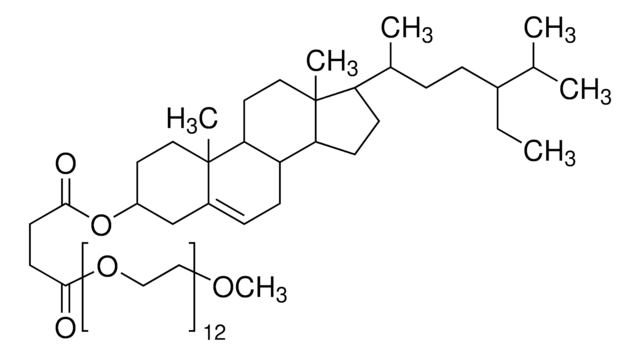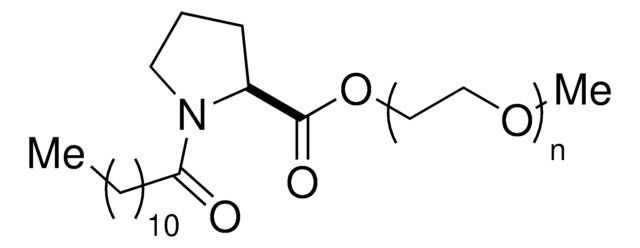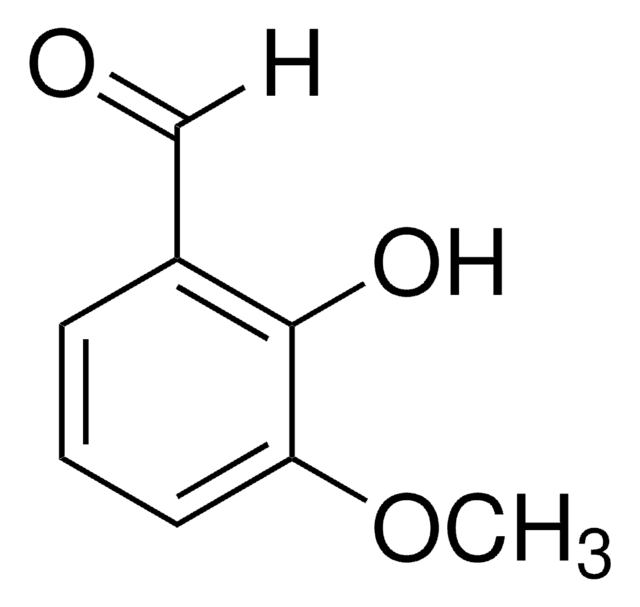Recommended Products
form
powder, crystals or chunks
reaction suitability
core: iron
reaction type: Cross Couplings
reagent type: catalyst
Application
Nanoparticles (NPs) of this material contain parts per million (ppm) levels of Pd. The NPs can catalyze Suzuki-Miyaura (SM) reactions, including cases involving highly challenging reaction partners. Nano micelles are employed to both solubilize and deliver the reaction partners to the Fe/ppm Pd catalyst resulting in C-C bond formation.
related product
Product No.
Description
Pricing
Signal Word
Danger
Hazard Statements
Precautionary Statements
Hazard Classifications
Acute Tox. 4 Oral - Eye Dam. 1 - Met. Corr. 1 - Skin Irrit. 2
Storage Class Code
8B - Non-combustible, corrosive hazardous materials
WGK
WGK 1
Flash Point(F)
Not applicable
Flash Point(C)
Not applicable
Certificates of Analysis (COA)
Search for Certificates of Analysis (COA) by entering the products Lot/Batch Number. Lot and Batch Numbers can be found on a product’s label following the words ‘Lot’ or ‘Batch’.
Already Own This Product?
Find documentation for the products that you have recently purchased in the Document Library.
Sachin Handa et al.
Science (New York, N.Y.), 349(6252), 1087-1091 (2015-09-05)
Most of today's use of transition metal-catalyzed cross-coupling chemistry relies on expensive quantities of palladium (Pd). Here we report that nanoparticles formed from inexpensive FeCl3 that naturally contains parts-per-million (ppm) levels of Pd can catalyze Suzuki-Miyaura reactions, including cases that
New surfactants for chemistry in water.
Krause N
Current opinion in green and sustainable chemistry., 7, 18-22 (2017)
Switching from organic solvents to water at an industrial scale.
Parmentier M, et al.
Current opinion in green and sustainable chemistry., 7, 13-17 (2017)
When Does Organic Chemistry Follow Nature?s Lead and ?Make the Switch?.
Lipshutz B H
The Journal of Organic Chemistry, 82(6), 2806-2816 (2017)
Our team of scientists has experience in all areas of research including Life Science, Material Science, Chemical Synthesis, Chromatography, Analytical and many others.
Contact Technical Service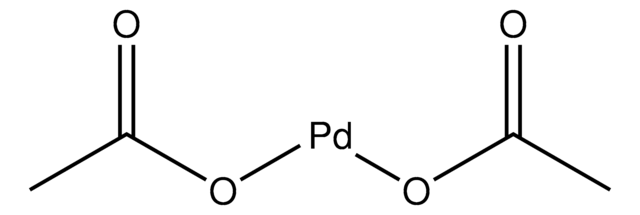
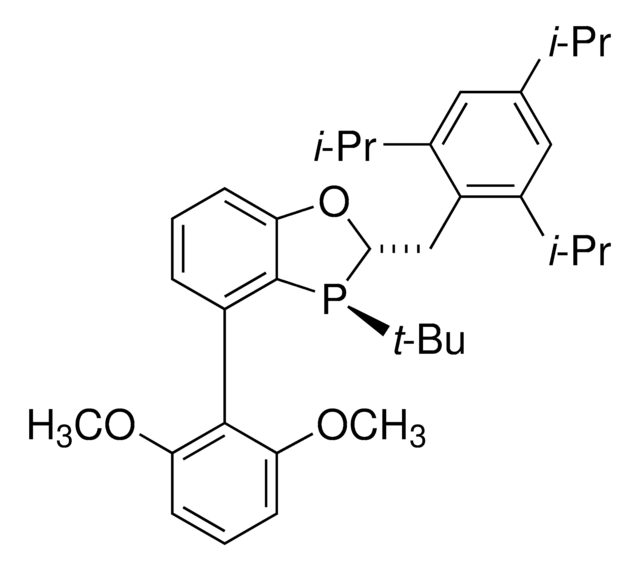
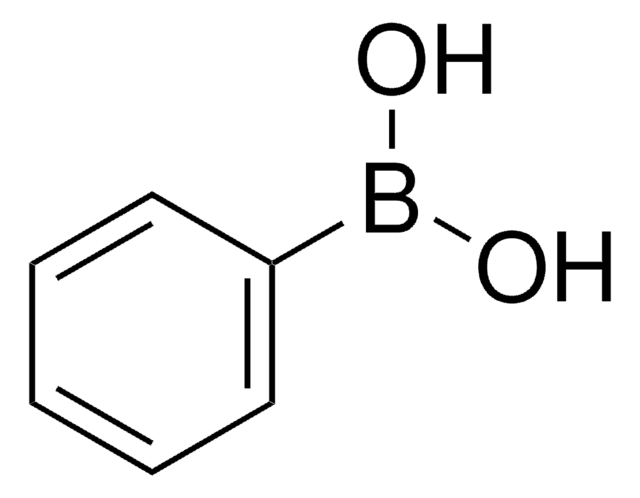
![[1,1′-Bis(diphenylphosphino)ferrocene]dichloropalladium(II)](/deepweb/assets/sigmaaldrich/product/structures/130/734/8846aa26-1858-458a-998d-8c306c13bf0f/640/8846aa26-1858-458a-998d-8c306c13bf0f.png)
